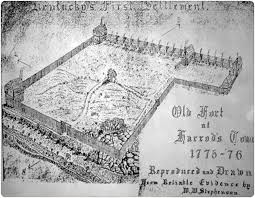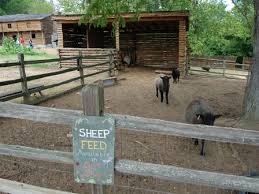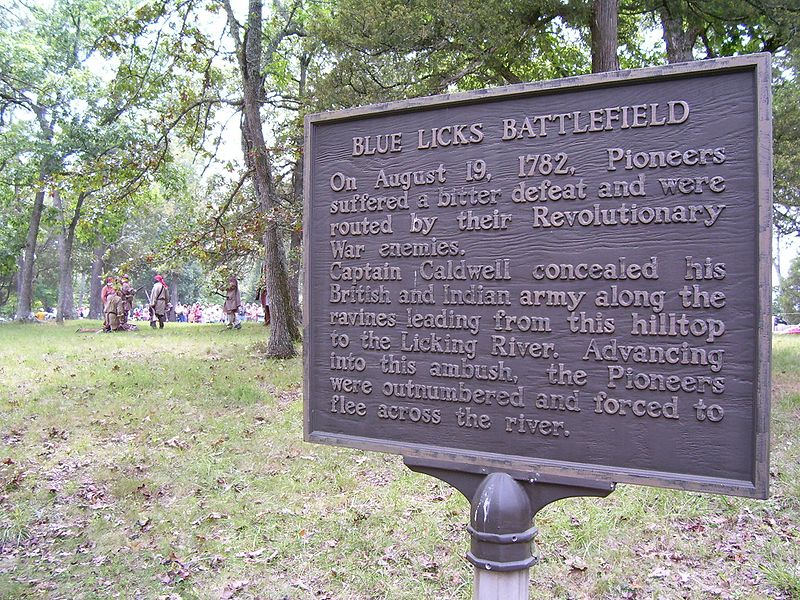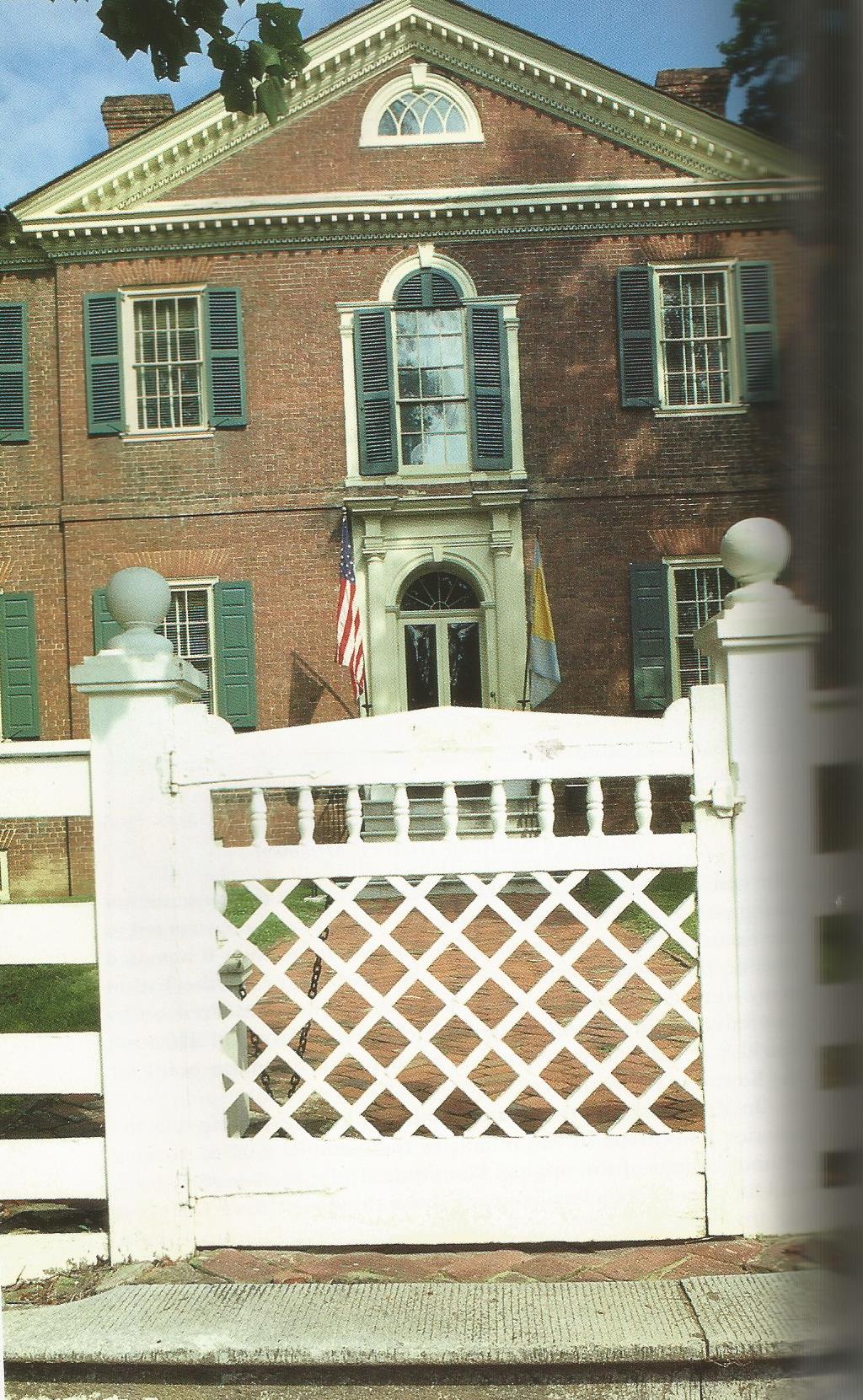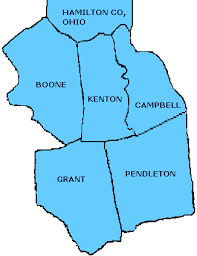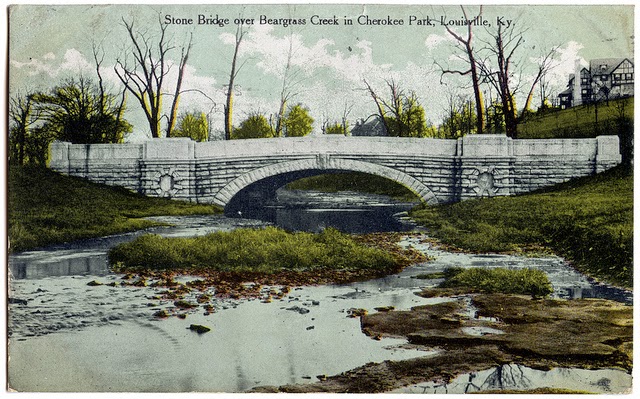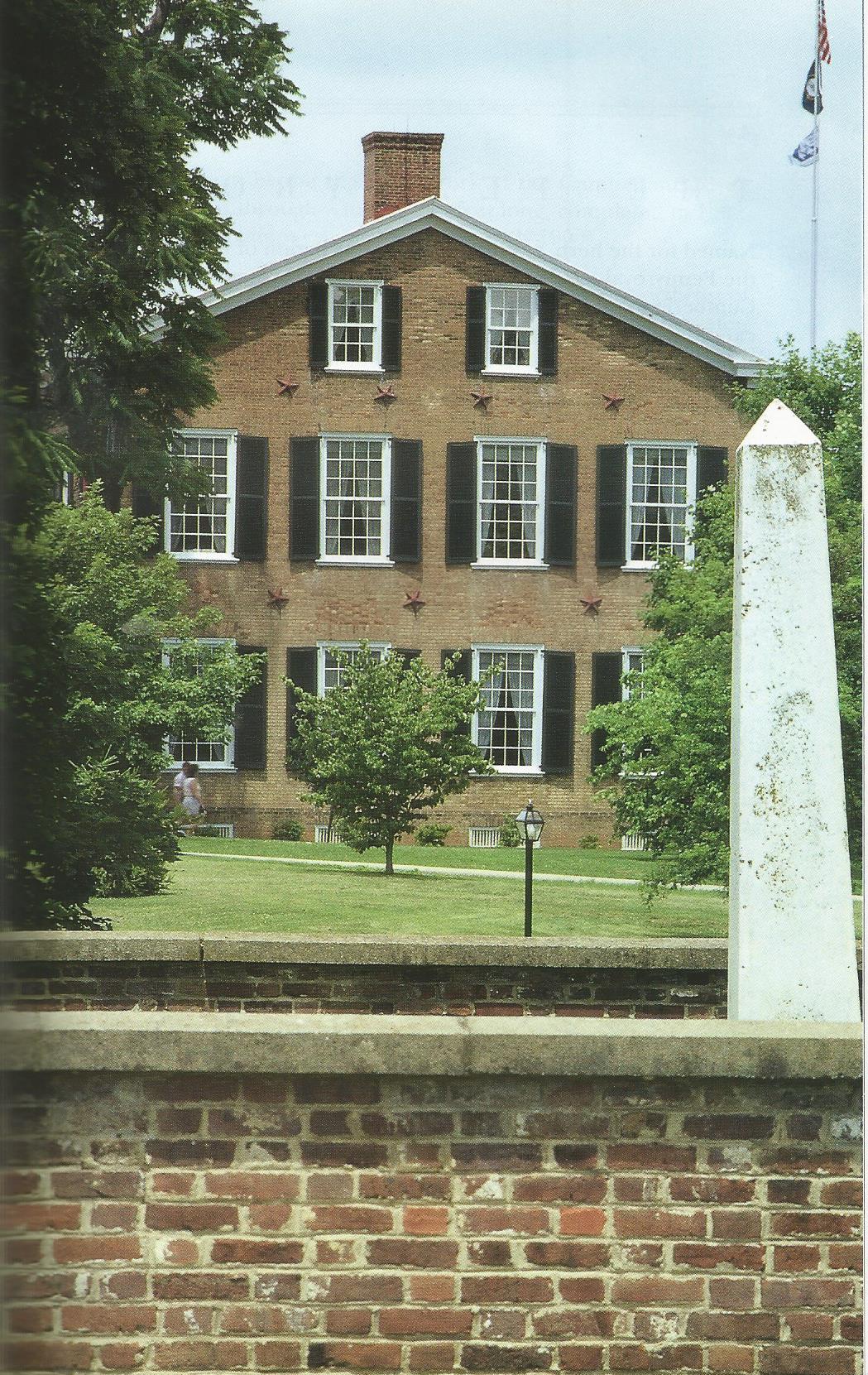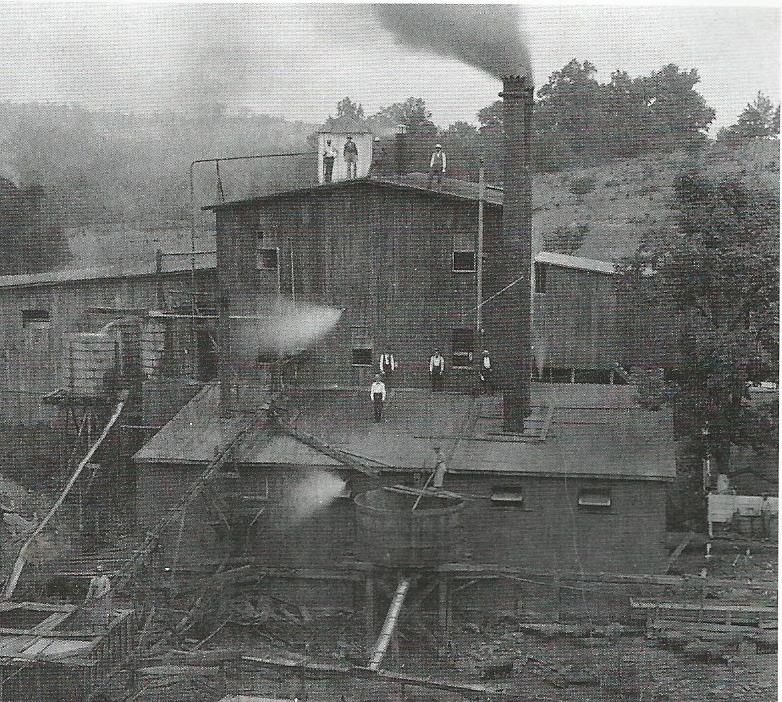During the Revolutionary War (1780) Colonel George Slaughter, accompanied by 150 State troops, descended to the falls of the Ohio River where he established his quarters. As it turns out, instead of protecting the sparse settlements, the site was actually more advantageous to the Indians (fighting for the British) as they could approach the banks upon their own ground and shoot the soldiers near the fort or in the settlements of Beargrass. Prisoners were taken and horses stolen. The station where Shelbyville now stands was a weak and inefficient one, and becoming alarmed by the presence of Indians in their vicinity, its inhabitants determined to remove to Beargrass, however, were attacked near Floyds Fork, defeated and scattered. Colonel John Floyd, hearing of this, immediately started to their relief. In his party was Capt. Samuel Wells who had been on very unfriendly and even inimical terms with his superior officer. Upon his arrival near the point, Colonel Floyd separated his men and cautiously approached the enemy. But despite his skill and caution, he fell into an ambuscade and was defeated with great loss. Floyd dismounted and was exhausted from the pursuit. It was at this moment that Colonel Wells rode up and dismounting, helped his old enemy into the saddle and running by his side, supported and protected him till out of the reach of danger. This noble and generous action resulted in the fast and lasting friendship of the two men.
